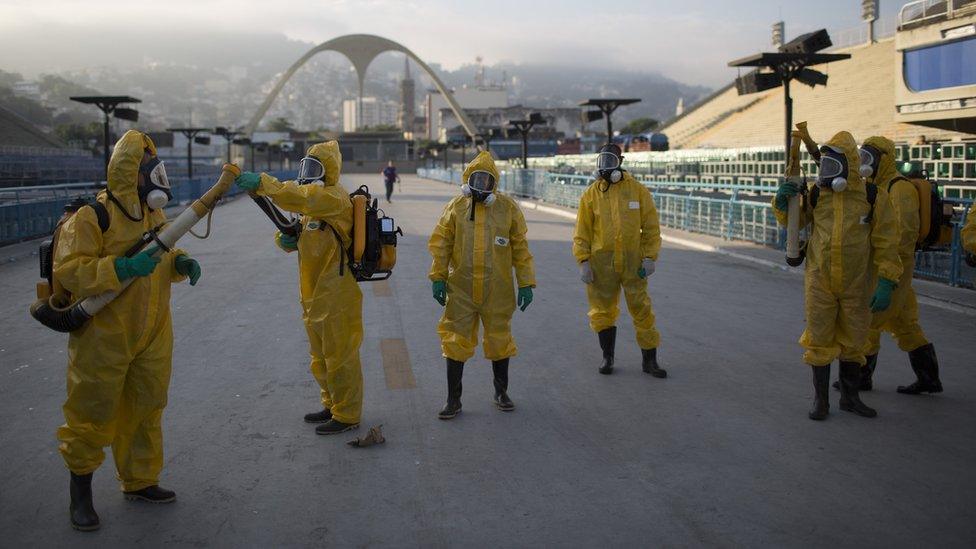Zika virus could become 'explosive pandemic'
- Published
Julia Carneiro has been speaking to expectant mothers.
US scientists have urged the World Health Organisation to take urgent action over the Zika virus, which they say has "explosive pandemic potential".
Writing in a US medical journal, they called on the WHO to heed lessons from the Ebola outbreak and convene an emergency committee of disease experts.
They said a vaccine might be ready for testing in two years but it could be a decade before it is publicly available.
Zika, linked to shrunken brains in children, has caused panic in Brazil.
Thousands of people have been infected there and it has spread to some 20 countries.
The Brazilian President, Dilma Roussef, has urged Latin America to unite in combating the virus.
She told a summit in Ecuador that sharing knowledge about the disease was the only way that it would be beaten. A meeting of regional health ministers has been called for next week.
Writing in the Journal of the American Medical Association, external, Daniel R Lucey and Lawrence O Gostin say the WHO's failure to act early in the recent Ebola crisis probably cost thousands of lives.
They warn that a similar catastrophe could unfold if swift action is not taken over the Zika virus.
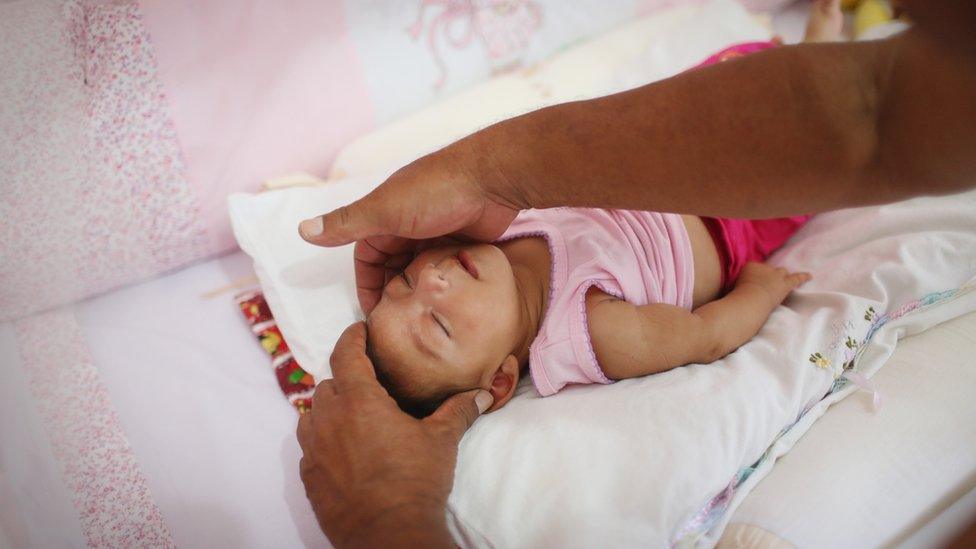
Alice Vitoria Gomes Bezerra, three months old, was born in Brazil with microcephaly
"An Emergency Committee should be convened urgently to advise the Director-General about the conditions necessary to declare a Public Health Emergency of International Concern," Mr Lucey and Mr Gostin wrote.
They added: "The very process of convening the committee would catalyze international attention, funding, and research."
White House spokesman Josh Earnest said on Wednesday the US government intended to make a more concerted effort to communicate with Americans about the risks associated with the virus.
No cure
There is no cure for the virus and the hunt is on for a vaccine, led by scientists at the University of Texas Medical Branch.
The researchers have visited Brazil to carry out research and collect samples and are now analysing them in a suite of high-security laboratories in Galveston, Texas.
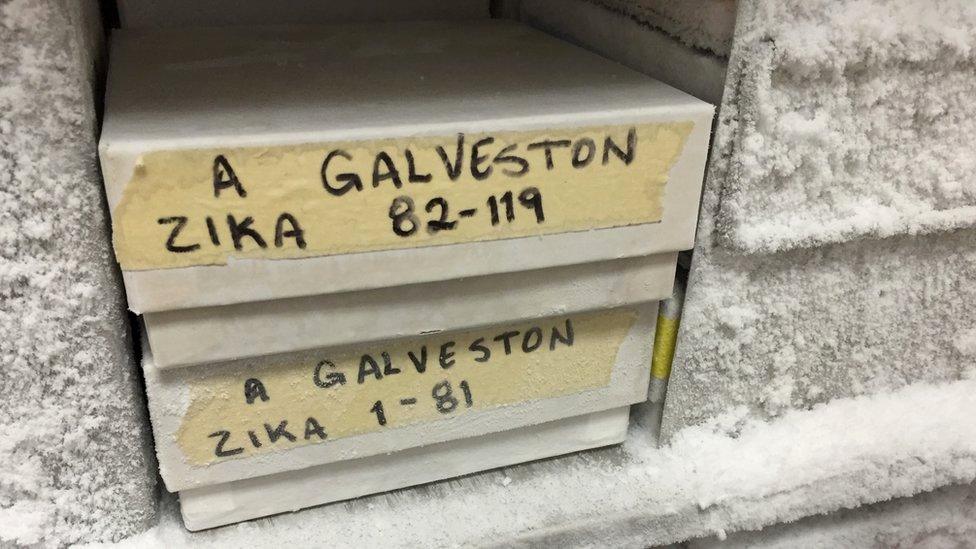
Access to the building in Galveston is tightly controlled by police and the FBI. Speaking to the BBC inside the facility, Professor Scott Weaver, director of the Institute for Human Infections and Immunity, said people were right to be frightened by the virus.
"It's certainly a very significant risk," he said, "and if infection of the foetus does occur and microcephaly develops we have no ability to alter the outcome of that very bad disease which is sometimes fatal or leaves children mentally incapacitated for the remainder of their life."

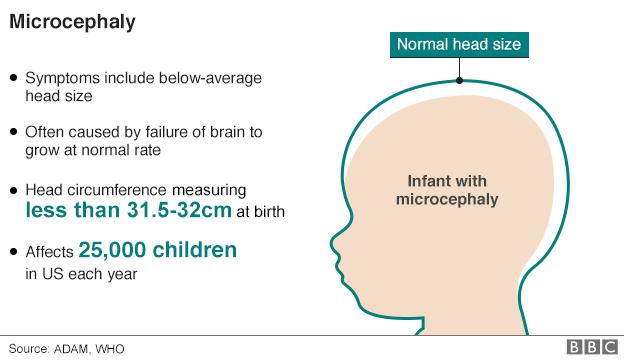
The Zika virus was discovered in monkeys in 1947 in Uganda's Zika Forest, with the first human case registered in Nigeria in 1954 but for decades it did not appear to pose much of a threat to people and was largely ignored by the scientific community.
It was only with an outbreak on the Micronesian island of Yap in 2007 that some researchers began to take an interest.
In the past year the virus "exploded" said Prof Weaver, sweeping through the Caribbean and Latin America "infecting probably a couple of million people".
The BBC's James Cook goes inside the high-security lab trying to find a cure
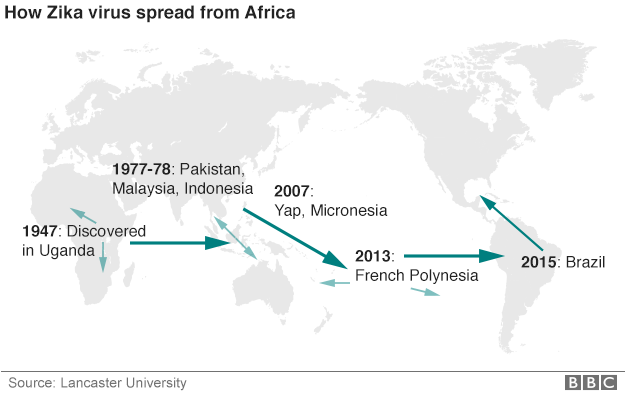
The symptoms in adults and children are similar to those for dengue fever but generally milder, including flu-like aches, inflammation of the eyes, joint pain and rashes although some people have no symptoms at all.
In rare cases the disease may also lead to complications including Guillain-Barre syndrome, a disorder of the nervous system which can cause paralysis.

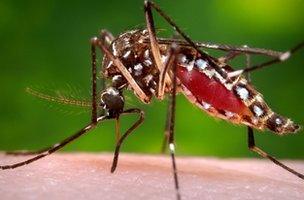
Aedes aegypti
What is the Zika virus:
Spread by the Aedes aegypti mosquito, which also carries dengue fever and yellow fever
First discovered in Africa in the 1940s but is now spreading in Latin America
Scientists say there is growing evidence of a link to microcephaly, that leads to babies being born with small heads
Can lead to fever and a rash but most people show no symptoms, and there is no known cure
Only way to fight Zika is to clear stagnant water where mosquitoes breed, and protect against mosquito bites

- Published26 January 2016
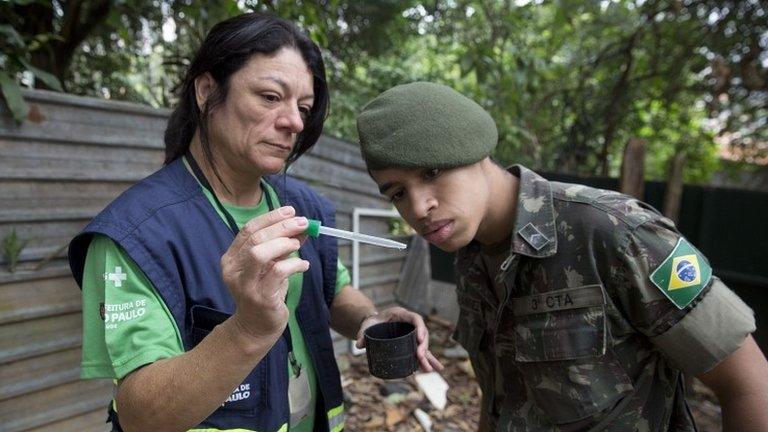
- Published25 January 2016
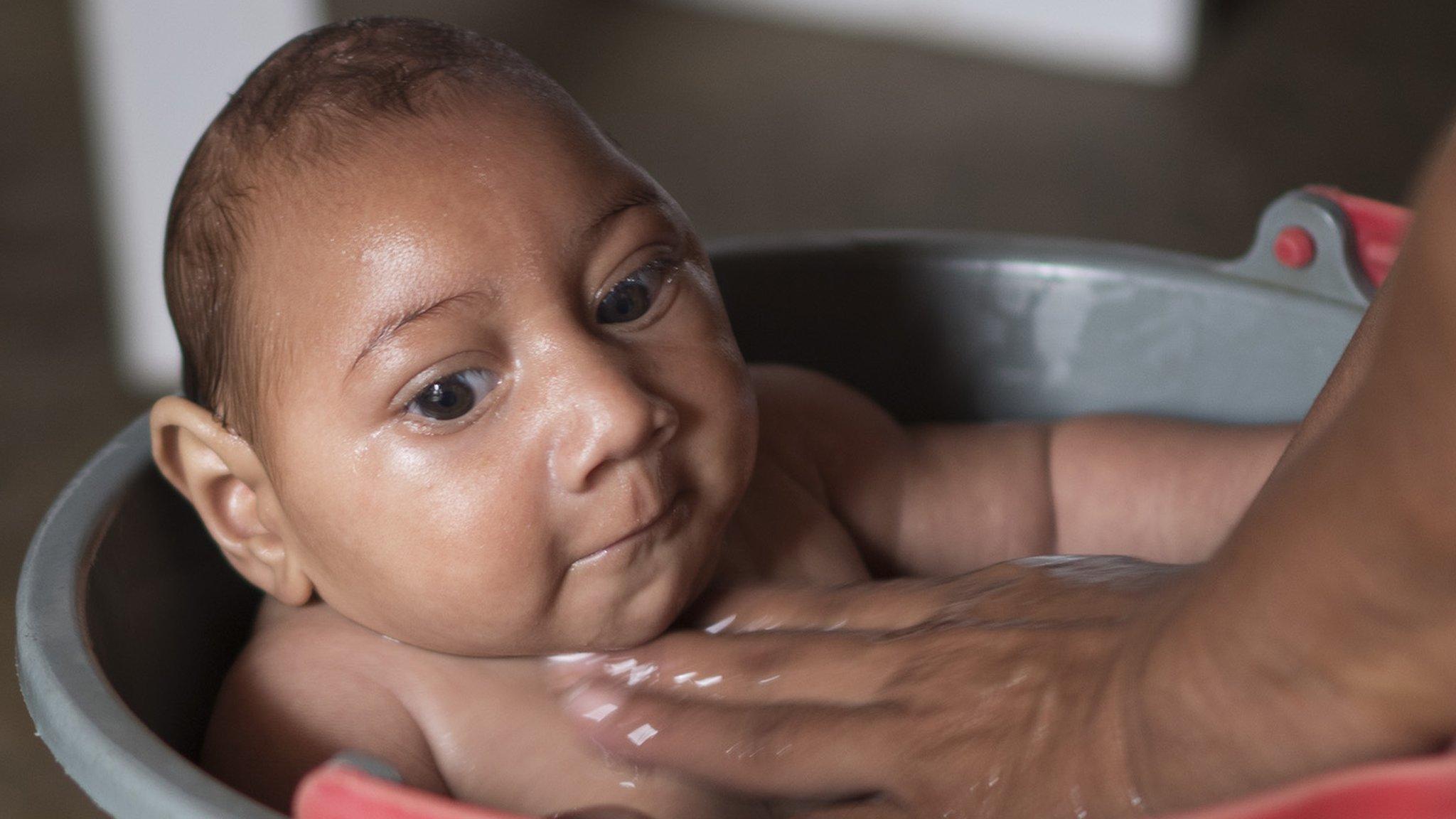
- Published24 January 2016
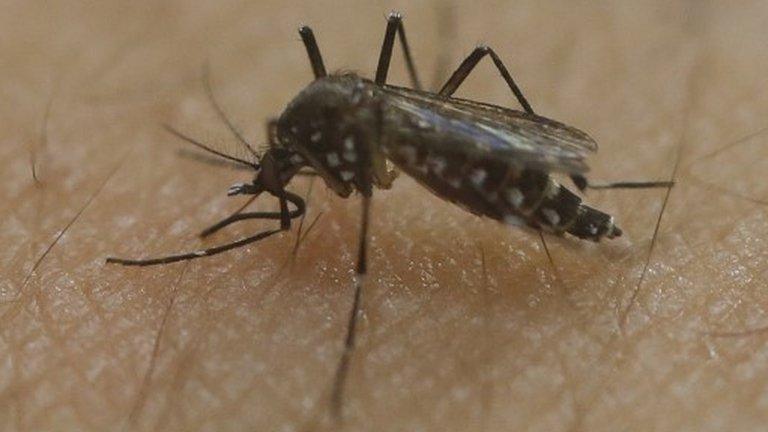
- Published23 January 2016
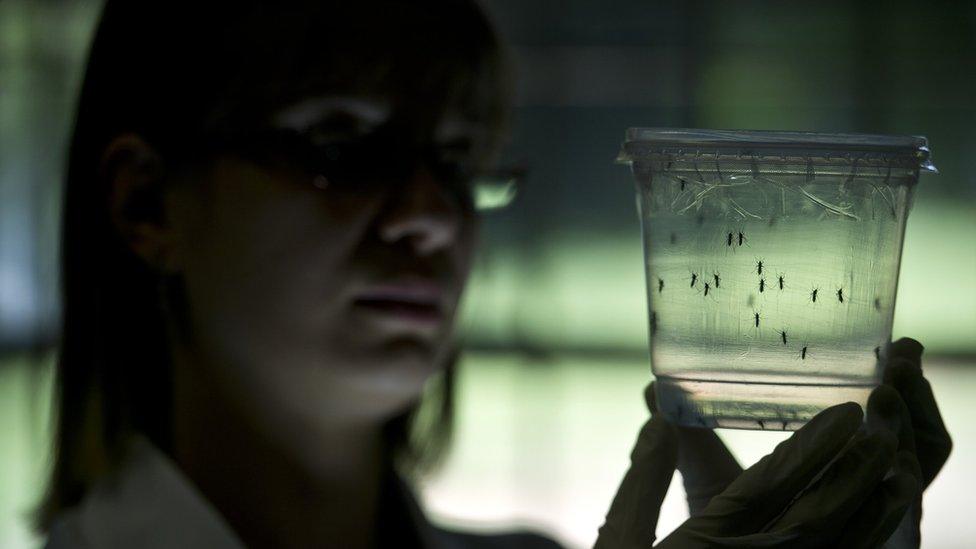
- Published23 January 2016

- Published26 January 2016
